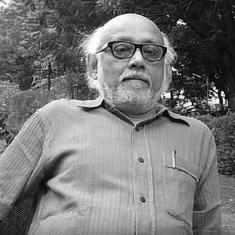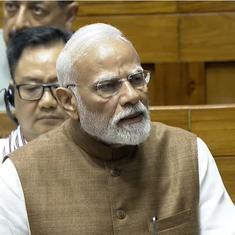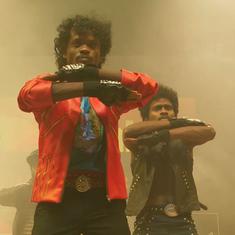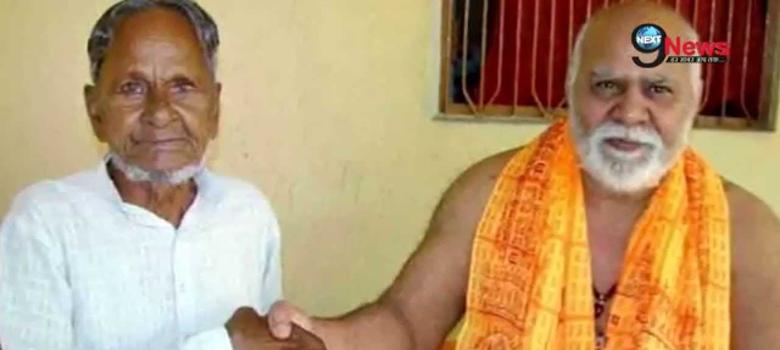Both the Nirmohi Akhara, which was in the possession of Ram Chabutara, a raised platform in the outer courtyard of Babri Masjid until it was demolished in 1992, and the VHP, for which the demand for constructing a Ram temple at the site of the mosque has remained a key plank, see Gyan Das’s move as a way of appropriating the Ramjanmabhoomi issue.
Gyan Das, a sadhu at the Hanumangarhi temple complex in Ayodhya and the president of the All India Akhara Parishad, a body representing the 13 akharas that occupy most of the Hindu ascetic space, has dubbed the VHP as “an organisation interested not in a temple for Rama but in communal politics” and the Nirmohi Akhara as “a case too weak to be discussed”. Hanumangarhi is the headquarters of the Nirvani Akhara.
Dual shrine solution
Gyan Das and Hashim Ansari, the oldest litigant from the Muslim side, announced on Monday that they were finalising a dual-shrine solution according to which the 70-acres of disputed area would accommodate a temple for Lord Rama as well as a mosque, with a 100-feet-high wall separating them.
“We are finalising the draft agreement that we will present before the Supreme Court soon after the hearing starts,” Gyan Das told reporters after he had held a meeting with Hashim Ansari and his son Iqbal Ansari at Hanumangarhi.
Critics are outraged
“Gyan Das is not even a litigant in this case. How can he make such tall claims on the basis of support from just one litigant [Hashim Ansari]?,” asked advocate Ranjeet Lal Verma, the Nirmohi Akhara’s counsel in the Babri Masjid-Ramjanmabhoomi case. “This is nothing but a cheap means to grab media attention,” he told Scroll.in over the phone.
“The solution that Gyan Das offers is meaningless,” said Jiveshwar Mishra, VHP’s national vice president. “No Hindu will agree to the idea of letting a mosque come up within the cultural boundary of Ayodhya. If he is so interested in a mosque, he should persuade Muslims to construct it on the other side of the Saryu [river] outside Ayodhya,” he asserted and alleged that Gyan Das’s move was aimed at dividing Hindus.
Gyan Das responded vigorously to the attack by the rival Hindu groups. “The VHP is an organisation interested not in a temple for Rama but in communal politics in order to keep the society divided,” he said. “After the Allahabad High Court judgment in 2010, a similar move had begun to bring all parties to a mutually agreeable understanding. But [VHP leader] Ashok Singhal prevented this from taking a shape. I know that the VHP will make every effort to frustrate the new initiative too. That is the only way it can keep its communal shop running.”










